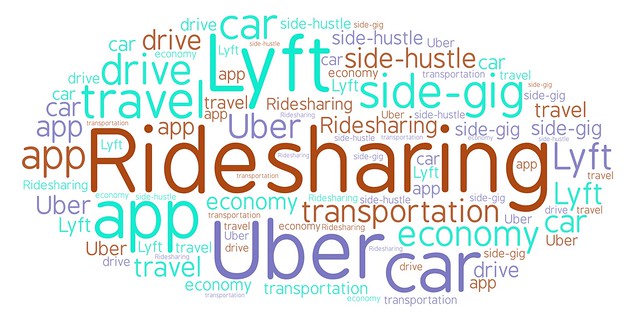How to make Ridesharing or carpooling ubiquitous among privately owned cars?
In my previous article, I had written about the potential for private cars to contribute towards optimizing traffic by increasing ridesharing and pooling. However in different countries of the world, there are some inherent challenges that prevent ridesharing and carpooling to kick off.
As a carpooler, an ideal scenario for me would be an on-demand carpooling app that helps me to take or give a ride at any time within my trusted network of friends, colleagues or community, and enable me to share tasks including grocery picking and logistics. While there are ridesharing apps like Uber, Lyft and Ola and many other carpooling apps, I envision a connected ecosystem that can help me become a part of an on-demand network of ride sharing with my private vehicle, not only to earn money (as it is now with Uber or Lyft), but also to essentially reduce traffic and the overhead of driving my own car in crowded traffic.
To manage an ecosystem of this on-demand ride sharing for private car owners, I think the best connected experience comes through creating multiple networks or circles of influence rather than having an open share access to give or take rides. In other words, as a consumer, I am generally more comfortable to take or give a ride if I at least know that the person I am interacting with is within my circle of influence or trust. My rideshare could either be a colleague, a neighbor or a person from my college, school or at least a 1st degree LinkedIn professional connection. This is usually important when we need to build groups that are more open to ride sharing vs. sharing with complete strangers. This is different though with Uber or Lyft where there is usually a professional background check happening for drivers. This is essentially the ‘Trust Factor’ that is important across the world to initiate a network effect in carpooling or ridesharing.
The real-time aspect or the on demand aspect of a ridesharing is also an attractive proposition. Sometimes, the regularity of a usual carpool can create problems of scheduling and being on time every single day at a given location. Carpools that I have been on usually start off well but then break away if the poolers are not friends and if the punctuality of being at a location is not followed. It also gets more complicated when there are more than 2 persons in a carpool. However, on demand rideshare/carpool removes the usual obligations of being at a same time or place on a regular basis. I may share a ride with one colleague on Monday, while I take another ride with my neighbor who also works near my company on a Wednesday. The detached nature of a rideshare may actually benefit the overall cohesiveness of a closed group or a community ready to pool rides.
There are a few companies that are working towards building on-demand ridesharing communities. Some of them include Zimride (company from where Lyft emerged), Scoop in SFO, Waze, and also an open source rideshare app that is out there is LibreTaxi.
The idea of optimizing traffic potentially to bring in millions of private cars into sharing economy is a strong attraction even to governments, and different players in various regions are implementing this in their own way. While there are new startups trying to be disruptive and get a pie of this big potential market, this could also be the future that we need to accept when fleets of autonomous driving cars will be operated by big companies and consumers may essentially share their rides within their circles of trust and networks.




